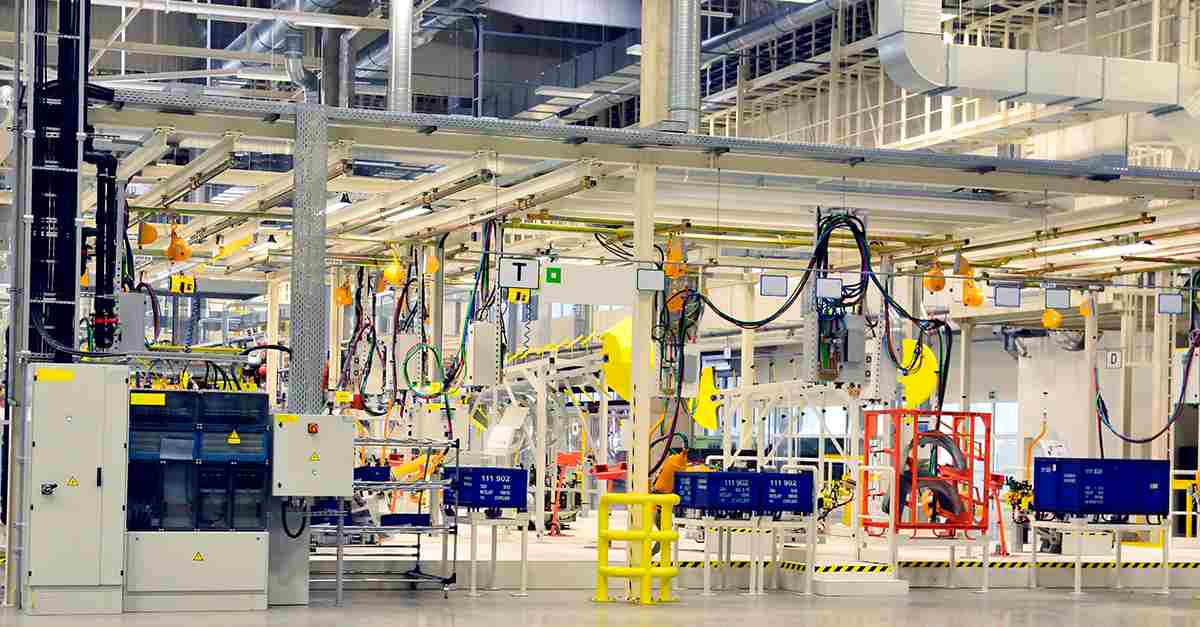By Paul Gendler, Senior Managing Director, Asset Finance, Huntington Commercial Bank
Key takeaways:
- Elevated costs, including the cost of borrowing, and economic uncertainty are headwinds impacting capital expenditures.
- Equipment and software aimed at easing labor shortages and increasing operational efficiencies are driving trends so far in 2023.
- Growth in the clean energy sector could create opportunities for organizations of all sizes.
Tracking the factors impacting capital expenditures (CapEx) can help businesses gain a better understanding of their industry, competitors, and the economy. Rates have been on the rise since March 2022 with one brief respite, and costs are increasing. Though the uncertain environment could slow spending in some sectors, residual demand for growth and innovation could spur investments in others.
Companies considering investment opportunities in high-growth areas, such as clean energy or robotics, should carefully assess their financial capabilities against the volatile rate environment. In this article, you will find an overview of capital spending and equipment acquisition trends, as well as considerations to help balance risk and growth through investments.
Rising rates and pent-up demand are impacting spending
The Federal Reserve (Fed) has given no indication that rate hikes are over. Though some predict rates will go down, there is no certainty. Though this has predictably impacted some organizations’ desire and ability to invest in expansion and other areas of capital expenditure, many others are still forging ahead.
A Q1 2023 research report showed 58% of surveyed U.S. financial leaders were planning a capital investment in equipment in the following six months†.
Many organizations that paused investments during COVID-19 appear eager to pick them back up. Though many cited the need to replace or repair existing equipment, this same research report found that the majority of surveyed organizations planning investments in equipment were doing so to support growth:
- 48% cite “increasing capacity” as the primary reason for their investment.
- 22.2% are doing so to accommodate a new product or service.
- 20.5% say their planned equipment purchase is to reduce reliance on labor.
On the other hand, of those surveyed organizations not planning a CapEx investment, about 36% cited needing to preserve capital as the reason‡. Unfavorable financing and a lack of funding were also cited as reasons, likely a direct result from elevated rates and sharp increase in the U.S. dollar.
Pent-up demand to drive growth and resume operations is clearly clashing with the desire to preserve balance sheets until the rate environment stabilizes. Lingering effects from the pandemic are causing equipment and software acquisition trends to emerge that could also impact capital expenditures going forward.
Labor shortages and climate finance leading acquisition trends
A substantial amount of CapEx spending is anticipated to go toward equipment and software investments in 2023 – more than $2 trillion, according to the Equipment Leasing and Finance Association (ELFA)§. More than half of those equipment acquisitions are anticipated to be financed.
While some disruptions due to the pandemic are easing, such as supply chain constraints, concerns about labor shortages continue and are driving acquisitions, ELFA found. Businesses in some industries are planning to combat workforce shortages through labor-saving equipment investments≠. Examples of this equipment include automation technology and robotics, which should ease reliance on workers. A 2022 McKinsey Global Industrial Robotics Survey found automated systems will account for 25% of industrial companies’ capital spending over the next five yearsⱢ.
Another notable trend is the significant growth of clean energy projects. An estimated $18 trillion in climate-focused equipment is forecast to be financed between now and 2030Ⱡ. The addition of federal funding and tax credits for qualifying energy projects through the Inflation Reduction Act is expected to fuel investment and interest in this area. Electrifying fleets is of rising interest across multiple industries, including student and public transportation, regional cargo, and construction. Investments in renewable technologies and energy efficiency now could help make companies competitive, so long as those savings are greater than the costs associated with them.
Companies are increasingly looking for ways to run more efficiently, as evidenced by these trends. Streamlining operations through automation and boosting efficiencies through climate-focused equipment are alluring opportunities, but in the current rate environment, organizations should consider their financial standing before jumping into an investment.
How to balance the benefits and risks of capital expenditures
Predicting what the rate environment will look like in the next 12 to 24 months is next to impossible, which means understanding your current operational needs and financial capabilities is essential.
Here are some considerations to determine how you could best position your organization to take advantage of these opportunities today:
- Conduct an operational efficiency analysis. Identify investments in automation, robotics, or clean energy technology that could help you run more efficiently. Consider the impact those investments would have on your operations long-term, then determine which type of financing would allow you to accomplish your goals.
- Conduct a cost-benefit analysis of the investment. Especially those in opportune industries for clean energy, where costs might be higher up front. Shifting to an EV fleet, for example, has a higher initial cost and might not be viable for some organizations with limited liquidity. Could this save enough in operating and other costs over the long-term to justify a higher interest rate?
- Think of the impact on your net income. Consider the amount of money an investment could save your organization year-over-year, then compare that with the financing packages available to you right now.
- Explore creative financing options to balance some of the risk. Organizations could finance equipment to improve efficiencies or increase capacity, driving revenue now, then opt to refinance later against different assets.
Business leaders need to balance risk and opportunity to be successful and remain competitive, especially during periods of volatility. Understanding the best financing options to help you do that can be a challenge.



